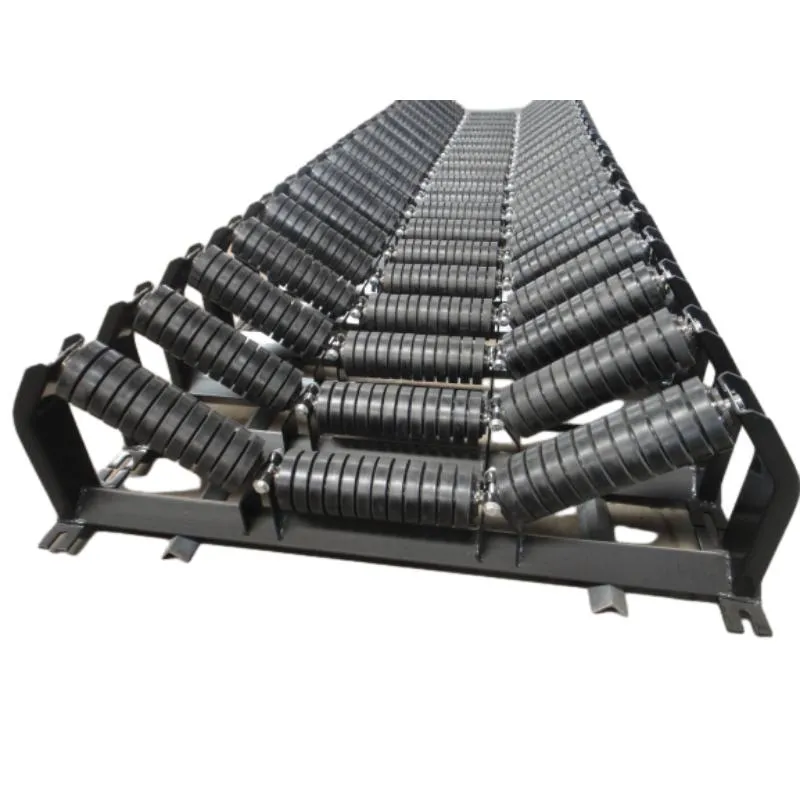 Afrikaans
Afrikaans  Albanian
Albanian  Amharic
Amharic  Arabic
Arabic  Armenian
Armenian  Azerbaijani
Azerbaijani  Basque
Basque  Belarusian
Belarusian  Bengali
Bengali  Bosnian
Bosnian  Bulgarian
Bulgarian  Catalan
Catalan  Cebuano
Cebuano  Corsican
Corsican  Croatian
Croatian  Czech
Czech  Danish
Danish  Dutch
Dutch  English
English  Esperanto
Esperanto  Estonian
Estonian  Finnish
Finnish  French
French  Frisian
Frisian  Galician
Galician  Georgian
Georgian  German
German  Greek
Greek  Gujarati
Gujarati  Haitian Creole
Haitian Creole  hausa
hausa  hawaiian
hawaiian  Hebrew
Hebrew  Hindi
Hindi  Miao
Miao  Hungarian
Hungarian  Icelandic
Icelandic  igbo
igbo  Indonesian
Indonesian  irish
irish  Italian
Italian  Japanese
Japanese  Javanese
Javanese  Kannada
Kannada  kazakh
kazakh  Khmer
Khmer  Rwandese
Rwandese  Korean
Korean  Kurdish
Kurdish  Kyrgyz
Kyrgyz  Lao
Lao  Latin
Latin  Latvian
Latvian  Lithuanian
Lithuanian  Luxembourgish
Luxembourgish  Macedonian
Macedonian  Malgashi
Malgashi  Malay
Malay  Malayalam
Malayalam  Maltese
Maltese  Maori
Maori  Marathi
Marathi  Mongolian
Mongolian  Myanmar
Myanmar  Nepali
Nepali  Norwegian
Norwegian  Norwegian
Norwegian  Occitan
Occitan  Pashto
Pashto  Persian
Persian  Polish
Polish  Portuguese
Portuguese  Punjabi
Punjabi  Romanian
Romanian  Russian
Russian  Samoan
Samoan  Scottish Gaelic
Scottish Gaelic  Serbian
Serbian  Sesotho
Sesotho  Shona
Shona  Sindhi
Sindhi  Sinhala
Sinhala  Slovak
Slovak  Slovenian
Slovenian  Somali
Somali  Spanish
Spanish  Sundanese
Sundanese  Swahili
Swahili  Swedish
Swedish  Tagalog
Tagalog  Tajik
Tajik  Tamil
Tamil  Tatar
Tatar  Telugu
Telugu  Thai
Thai  Turkish
Turkish  Turkmen
Turkmen  Ukrainian
Ukrainian  Urdu
Urdu  Uighur
Uighur  Uzbek
Uzbek  Vietnamese
Vietnamese  Welsh
Welsh  Bantu
Bantu  Yiddish
Yiddish  Yoruba
Yoruba  Zulu
Zulu ceramic pulley lagging
The Importance of Ceramic Pulley Lagging in Conveyor Systems
In the dynamic world of material handling, conveyor systems play a vital role in ensuring the efficient transport of goods across various industries. Among the many components that contribute to the optimal performance of these systems, ceramic pulley lagging has emerged as a crucial element. This article explores the significance of ceramic pulley lagging, its benefits, and its applications in enhancing the durability and efficiency of conveyor operations.
Understanding Ceramic Pulley Lagging
Ceramic pulley lagging refers to a protective layer applied to the surface of conveyor pulleys. This layer is typically made from high-quality rubber that is embedded with ceramic tiles. The primary function of this lagging is to provide improved friction between the conveyor belt and the pulley, thereby reducing slippage. Increased friction translates to better belt traction, which is essential for maintaining the integrity and efficiency of the entire conveyor system.
The composition of ceramic pulley lagging is designed to withstand harsh environmental conditions such as extreme temperatures, moisture, and abrasive materials. This durability makes it an ideal choice for industries like mining, construction, and bulk material handling, where wear and tear are common challenges.
Benefits of Ceramic Pulley Lagging
1. Enhanced Grip and Traction One of the most significant advantages of using ceramic pulley lagging is its ability to enhance grip and traction. The ceramic tiles embedded in the rubber provide an excellent co-efficient of friction, allowing the conveyor belt to stay securely in place during operation. This reduces slippage and belt misalignment, which can lead to costly downtime and repairs.
2. Reduced Wear and Tear The robust nature of ceramic pulley lagging ensures a longer lifespan for both the lagging itself and the conveyor belt. This is especially important in environments where abrasive materials are handled. By minimizing friction-related wear, companies can significantly reduce the frequency of maintenance and replacement, leading to lower operational costs.
ceramic pulley lagging

3. Improved Efficiency With better traction and reduced slippage, conveyor belts operate more efficiently. This means that materials can be transported at optimal speeds, boosting overall productivity. Improved efficiency not only benefits the bottom line but also helps in meeting tight production deadlines.
4. Resistance to Environmental Factors Ceramic pulley lagging is designed to withstand harsh environmental conditions. It is resistant to water, oil, and chemicals, making it suitable for various applications. This resilience ensures that operators can rely on their conveyor systems even in challenging situations, reducing the risk of unexpected breakdowns.
5. Noise Reduction Another benefit of ceramic pulley lagging is its ability to reduce operational noise. The rubber layer, combined with the ceramic tiles, dampens sound vibrations that occur during the conveyor's operation. This is especially advantageous in industries where noise pollution is a concern, contributing to a better working environment.
Applications of Ceramic Pulley Lagging
The applications of ceramic pulley lagging are diverse and span across multiple industries. In mining, for instance, it is utilized to transport bulk materials like coal, minerals, and aggregates. The harsh conditions typical of mining operations make durable lagging indispensable.
In the construction industry, where heavy machinery is frequently used, ceramic pulley lagging provides the traction needed to keep operations running smoothly. Additionally, in food processing plants, where hygiene standards are paramount, specialized ceramic lagging is available that can withstand rigorous cleaning processes without degrading.
Conclusion
The integration of ceramic pulley lagging into conveyor systems represents a significant advancement in material handling technology. With its ability to enhance grip, reduce wear, improve efficiency, and withstand tough environmental conditions, it plays a pivotal role in optimizing conveyor performance. Companies that invest in high-quality ceramic pulley lagging not only ensure the longevity of their equipment but also enhance productivity, reduce maintenance costs, and create a safer working environment. As industries continue to evolve, the importance of innovative solutions like ceramic pulley lagging will undoubtedly remain at the forefront of operational excellence.
-
Revolutionizing Conveyor Reliability with Advanced Rubber Lagging PulleysNewsJul.22,2025
-
Powering Precision and Durability with Expert Manufacturers of Conveyor ComponentsNewsJul.22,2025
-
Optimizing Conveyor Systems with Advanced Conveyor AccessoriesNewsJul.22,2025
-
Maximize Conveyor Efficiency with Quality Conveyor Idler PulleysNewsJul.22,2025
-
Future-Proof Your Conveyor System with High-Performance Polyurethane RollerNewsJul.22,2025
-
Driving Efficiency Forward with Quality Idlers and RollersNewsJul.22,2025





























